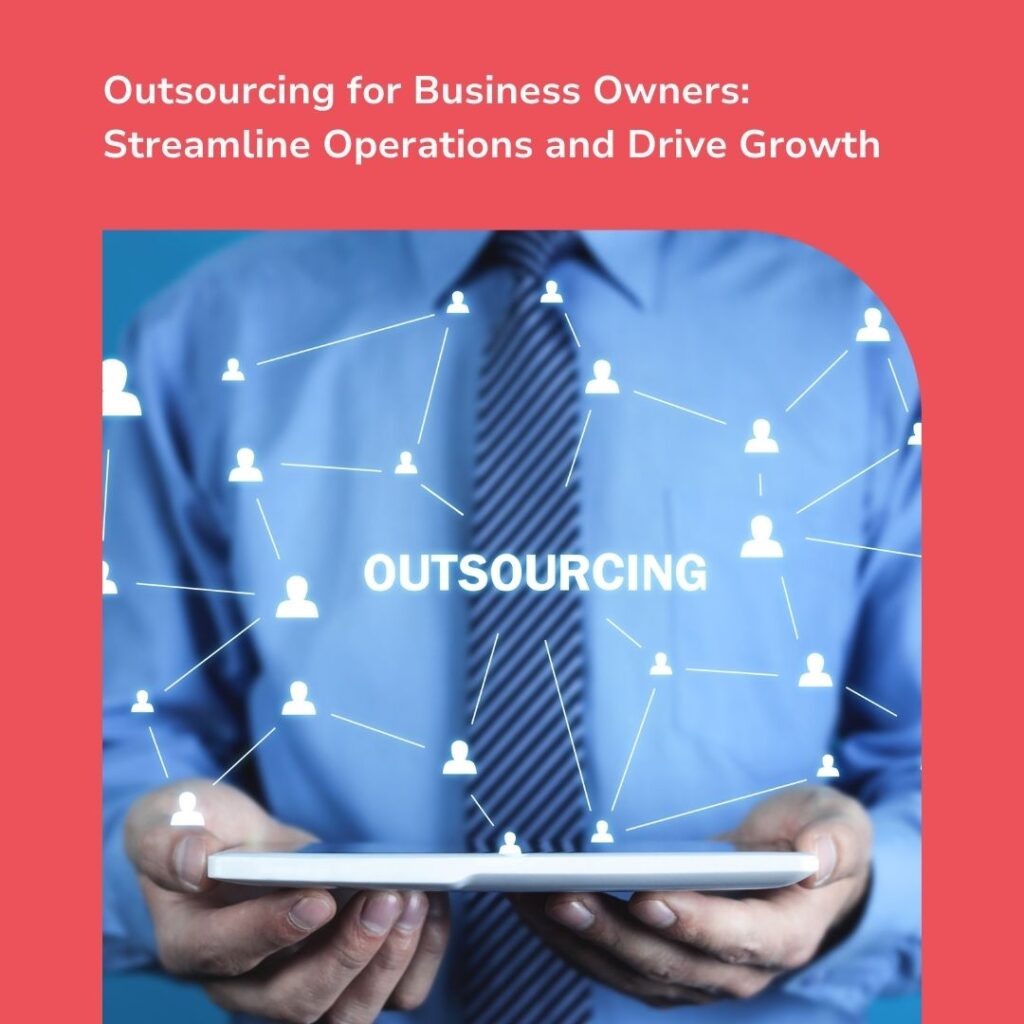With over 830 million views, the new trend of deinfluencing is turning heads in the influencer marketing world. But what exactly is deinfluencing and how will it affect brand’s social media campaigns?
What is Deinfluencing?
Deinfluencing is a practice that TikTok creators and influencers are using to call attention to products that don’t live up to their hype, as well as discourage excessive consumption. It’s important for brands to recognize this emerging trend and understand the evolving relationship between brands and influencers.
It is an attempt to call out brands and products they don’t believe in, in order to encourage ethical and sustainable consumption habits. Influencers are no longer simply selling products – they’re shedding light on what isn’t right.
Deinfluencing is the latest trend on TikTok, with influencers taking part in viral challenges such as the “bad product challenge” and the “makeup tutorial gone wrong.” These influencers use their platforms to share unbiased opinions on products they believe are not worth buying. They also discuss issues related to sustainability and ethical consumption.
Influencing and Deinfluencing: The Differences
The major difference between influencing and deinfluencing is that while influencers are typically paid to promote a product or brand, deinfluencers are not. This means that they have complete control over what they share, which can lead to more authentic conversations with their followers. Also, unlike traditional influencer campaigns where the goal is usually to increase sales, the goal of deinfluencing is to raise awareness and encourage ethical consumption habits.
Why is Deinfluencing a Trend Now?
Deinfluencing is a trend now due to several reasons.
Increased Social Media Use
As more people are staying home, they are turning to social media for entertainment and connection. This has given rise to an influx of influencers creating content on various platforms such as TikTok, YouTube, and Instagram.
Unsatisfied Customers
With the rise of social media, customers can quickly voice their dissatisfaction with products. This has led to influencers sharing their own negative experiences and encouraging viewers not to purchase certain items, fostering a trend of deinfluencing.
Demand for Authenticity
Consumers are becoming increasingly aware of how their purchases affect the world around them. They want to be sure that their purchases align with their values, and they’re looking to influencers for guidance on what brands are ethical.
Influencers Taking a Stand
As the world continues to face environmental issues such as global warming and plastic pollution, many influencers are using their platform to take a stand against unsustainable practices and unethical consumption habits.
Marketing Strategies Shifting
Brands are becoming more aware of the fact that influencers can be used as a tool to call out products and practices they disagree with. This has opened up the possibility for brands to create honest messages around their products, which is important in order to gain consumer trust.
What Does Deinfluencing Mean for Brands?
Deinfluencing is a sign that the relationship between influencers and brands is changing. It’s no longer enough for brands to simply pay influencers to promote their products, as consumers are increasingly looking for authentic reviews on sustainability and ethical consumption.
Deinfluencing tends to affect brands in two ways. Firstly, it can cause negative attention by highlighting products that aren’t up to standard. This could include anything from poor customer service, questionable ingredients, or faulty items. Secondly, it can encourage consumers to be more conscious of their consumption habits and be more selective about the products they buy.
In light of the deinfluencing trend, it is critical for brands to ensure that their products are up to standard. It is also important for them to take part in ethical and sustainable practices in order to remain competitive in a constantly evolving market.
How Can Brands Avoid Negative Deinfluencing?
Brands should take the time to understand the influence of TikTok and acknowledge the power of deinfluencers. In order not to get caught in deinfluencing, brands should
Offer Quality Service
Quality of the service or product cannot be compromised. Making sure a customer is satisfied with their experience should be the number one priority for any brand.
Pay Attention to Social Media
Brands should pay attention to what’s being said about them on social media platforms, such as TikTok and Twitter, in order to address any negative feedback quickly and efficiently.
Be Customer-Centric
Brands should make sure that their products and services are customer-centric, with the customer’s needs and values at the forefront of their decisions.
Focus on Sustainable Practices
Brands should focus on sustainable practices, such as using recyclable materials, reducing waste and conserving energy, in order to gain the favour of influencers and their followers.
Build a Good Relationship with Influencers
Brands should make an effort to build relationships and mutually beneficial partnerships with influencers. This will help them gain trust and avoid negative feedback from influencers.
Conclusion
Deinfluencing is a trend that has been on the rise, as consumers become more conscious of their purchases and seek honest reviews from influencers. It’s important for brands to be aware of this trend and take steps to ensure that their products and services are up to standard in order to avoid negative deinfluencing.
Brands should offer quality products and services, pay attention to social media, be customer-centric and focus on sustainable practices. They should also build a good relationship with influencers in order to gain their trust and avoid negative feedback.
With the right strategies in place, brands can become more competitive by meeting the needs of their customers while contributing to a better future.









